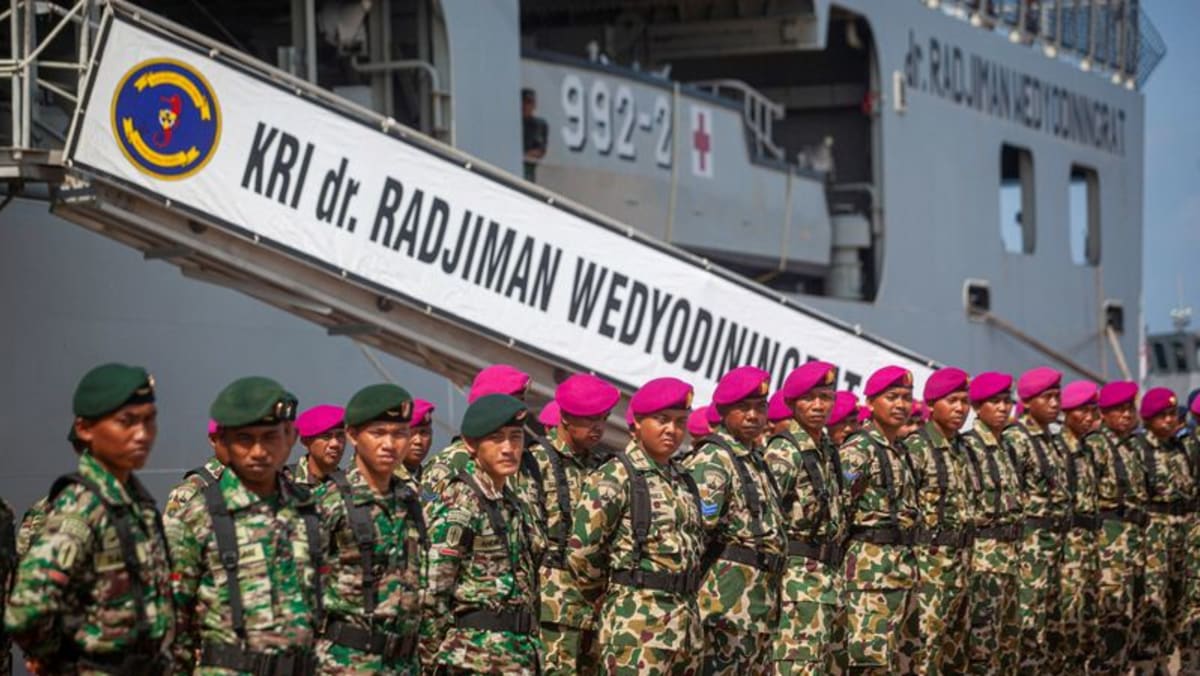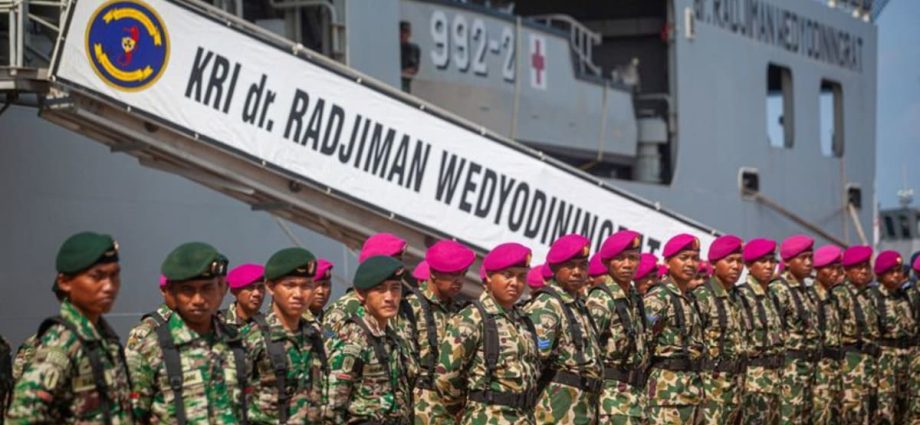
A SIGNAL TO MAJOR POWERS
What objective does the ASEAN Solidarity Exercise 2023 serve?
First, the exercise could be interpreted as a signal to major powers that ASEAN has a stake in the security of regional waters and the agency to secure them. Given the tension between China and the United States, there have been concerns among ASEAN defence officials that any China-US military conflict will affect regional waters.
In addition, the exercise was held at a time of increasing Chinese assertiveness in the South China Sea, from harassing several ASEAN members’ maritime activities within their exclusive economic zones to releasing a new map claiming nearly the entire South China Sea as its own.
In fact, the initial exercise location in the South China Sea suggests a signal by Indonesia to China that the latter’s claim to the entire South China Sea is contested.
Second, the exercise enabled ASEAN military forces to build trust with each other without the involvement of external forces. Trust leads to better communication, critical if ASEAN needs to harness the region’s military forces to deal quickly with a major crisis.
Currently, there are several regional multilateral arrangements to enhance maritime security. These include coordinated patrols between Malaysia, Indonesia and the Philippines to deal with security issues in the Sulu Sea, and the Malacca Straits Patrol Framework involving Indonesia, Malaysia, Singapore and Thailand to ensure the security of the Straits of Malacca and Singapore.
But these are limited to specific geographical parts of the region and do not involve all ASEAN members.

